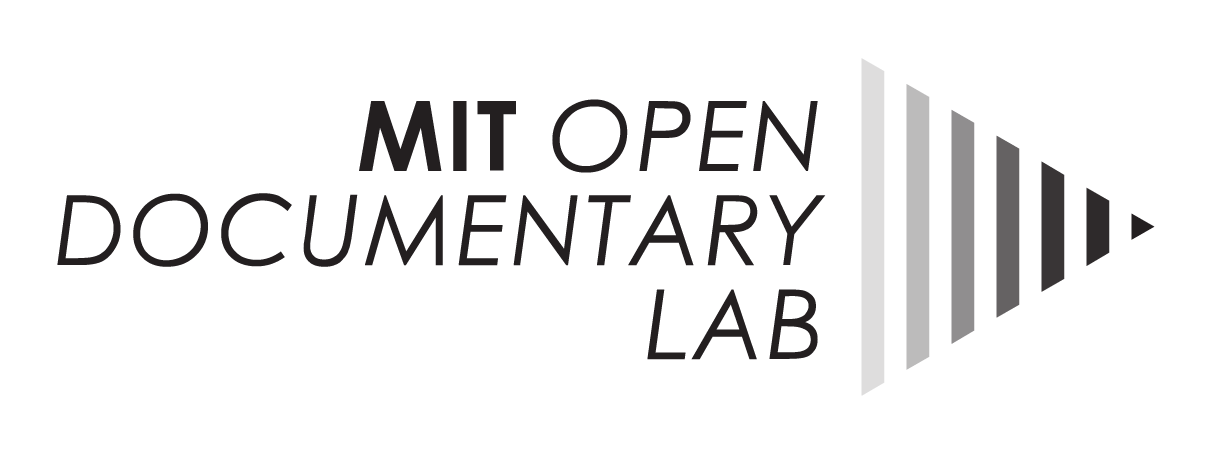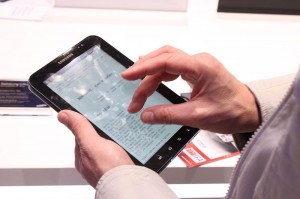
30 Nov Tablet Storytelling
How do devices shape the stories we tell?
The tablet opens up fresh ways of interacting with video content. The iPad app Condition ONE, showcased at IDFA and highlighted by Audubon in her live blog from the festival, allows the viewer to adjust his or her vantage point using a tablet. Condition ONE beautifully utilizes the tablet’s defining features—portability and mobility—to explore new forms of storytelling.
Condition ONE shows that video-based narratives can work on tablets in radically different ways from laptops, desktops, or mobile phones. “Platform-agnostic” content that works across a variety of devices is an important part of the media landscape, but Condition ONE demonstrates that projects that focus on and utilize the specific technological features of a device can shape— and enhance— narrative in fresh, exciting ways.
Tablets are a particularly exciting area. Recent studies show that tablets are increasingly used for video consumption. A recent study by video analytics firm Ooyala showed that people watched video for approximately 30% longer on tablets than desktops. Tablet viewers were also twice as likely to finish videos than desktop users. What’s more, tablet users often use their devices to watch long-form videos—42% of videos watched on tablets were 10 minutes or longer. Ooyala also found a high correlation between tablets and engagement:
As a general rule, device type heavily influences viewer engagement… tablet viewers were the most engaged, while desktop and laptop viewers were relatively less engaged. For each desktop viewer who completed a video… 2+ viewers did the same while watching on a tablet.
Tablets are not without their own problems. Access is a major issue. Tablets are still largely a luxury device, but as prices decline, they may become more accessible—51 million tablets shipped in the U.S. this year, and that number looks to increase. There have also been recent discussions about tablet use in classrooms. Steve Jobs reportedly imagined the iPad as a replacement for the printed textbook. If there comes a time where there’s a tablet in every classroom, and children become accustomed to mobile devices early, that radically changes the playing field.
As tablets increasingly become a viable option for video consumption, we can expect to see more apps, videos, and interactive documentary experiences— like Condition ONE— created specifically for tablets. As we see with Condition ONE, the technological specifics of the tablet open up new spaces for storytelling innovation and user interaction.
In September 2011, 182 million Americans watched video online, with an average total viewing of 19.2 hours for the month. That’s a big audience to be tapped into…
posted by Katie Edgerton/MIT




